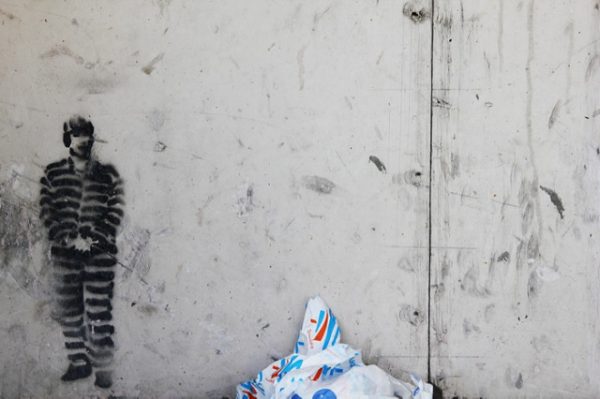
For most of us, our only way to know what life in prison is like is through occasional movies and TV shows. But for inmates, the prison impacts all aspects of their lives. Recent stories have filled newsfeeds about a food protest in a Washington state facility, religious discrimination in Michigan, and a massive fire in a Venezuelan jail that claimed 68 lives. These events put the often-dismal conditions, lack of programs, and corruption in carceral spaces on full display. Social science research on prisons can help us understand the conditions of prison life and how broader social context shapes prison structures.
Classical sociological perspectives view prisons as totalizing institutions that define both the day-to-day routines and the personal identities of those incarcerated. This leads to “pains of imprisonment” beyond loss of freedom. More recent scholarship demonstrates how structural inequality, and especially racial inequality in the United States, shaped the development of prisons. Racialization and racial segregation still shape practices within prisons today.
- Rose M. Brewer and Nancy A. Heitzeg. 2008. “The Racialization of Crime and Punishment: Criminal Justice, Color-Blind Racism, and the Political Economy of the Prison Industrial Complex.” American Behavioral Scientist 51(5): 625-644.
- Erving Goffman. 1961. Asylums: Essays on the Social Situation of Mental Patients and Other Inmates. Penguin Random House.
- Gresham M. Sykes. 2007. The Society of Captives: A Study of a Maximum Security Prison. Princeton University Press.
Prison overcrowding has been a major concern in the United States since the beginning of the prison boom in the 1970s. Research clearly shows that overcrowding has serious physical and mental health effects for the incarcerated, and deleterious impacts for safety in prisons. In Latin America, prisons are also overcrowded, and often include a disproportionately high number of prisoners who are awaiting trial, but have not been convicted. Since these prisons lack government oversight and often have insufficient financial resources, many prisons suffer from corruption, persistent abuse by prison officers, and a crumbling physical infrastructure. Religious entities, and sometimes even prisoners themselves, play crucial role in administering and organizing prisons, as well as providing resources and rehabilitation opportunities.
- Michael Massoglia. 2008. “Incarceration as Exposure: the Prison, Infectious Disease, and Other Stress-Related Illnesses.” Journal of Health and Social Behavior 49(1): 56-71.
- Craig Haney. 2006. “The Wages of Prison Overcrowding: Harmful Psychological Consequences and Dysfunctional Correctional Reactions.” Washington University Journal of Law & Policy 22: 265-293.
- Andrew Johnson. 2017. If I Give My Soul: Faith Behind Bars in Rio de Janeiro. Oxford University Press.
- Markus-Michael Müller. 2012. “The Rise of the Penal State in Latin America.” Contemporary Justice Review 15(1): 57-76.
Recent events and protests shine a light on the importance of continued research on prison conditions across the globe. These studies both help us to understand how social contexts “on the inside” and outside of prisons shape the lives of the incarcerated, and bring awareness to an issue that is often obfuscated from public life.

Comments